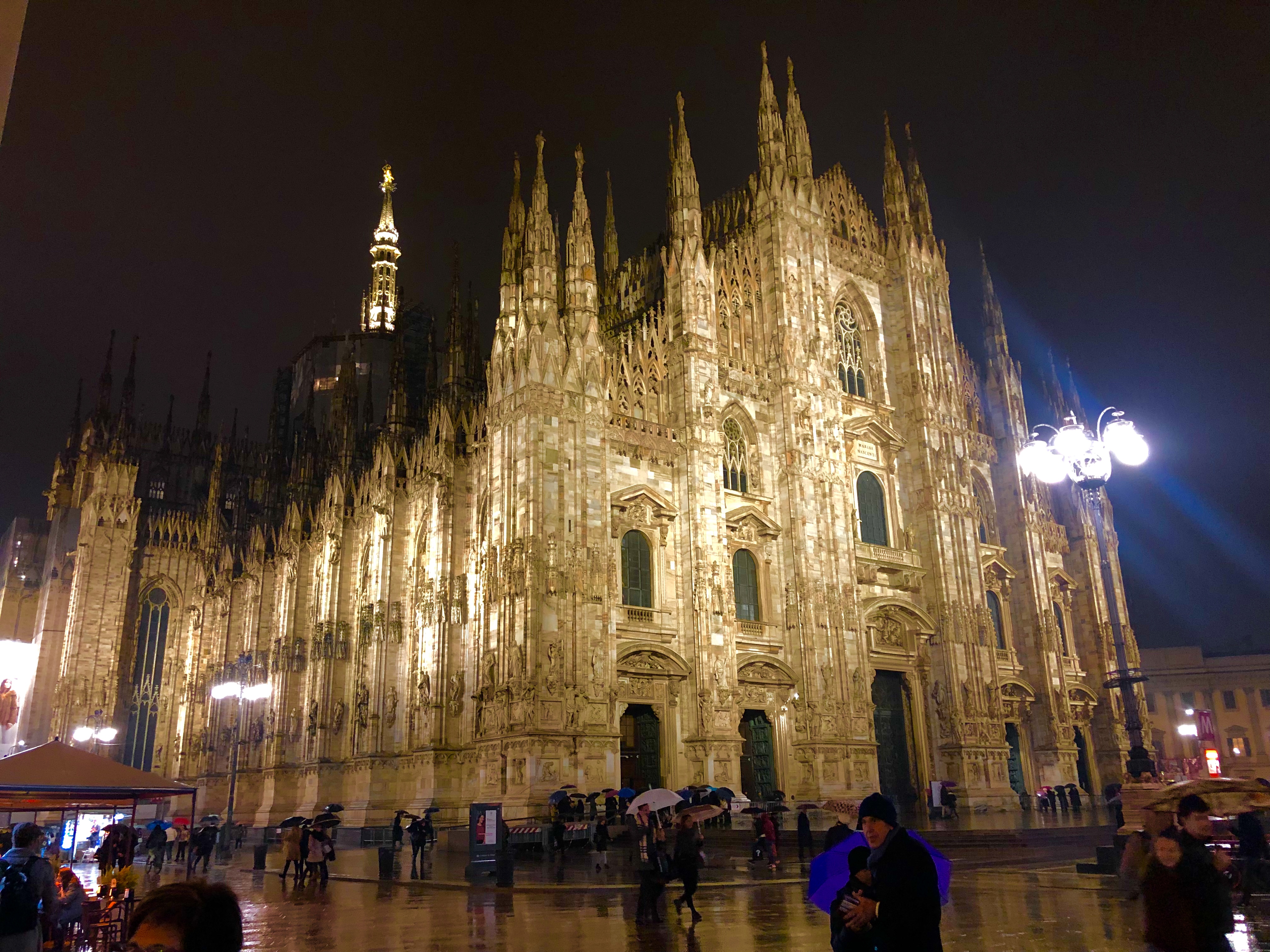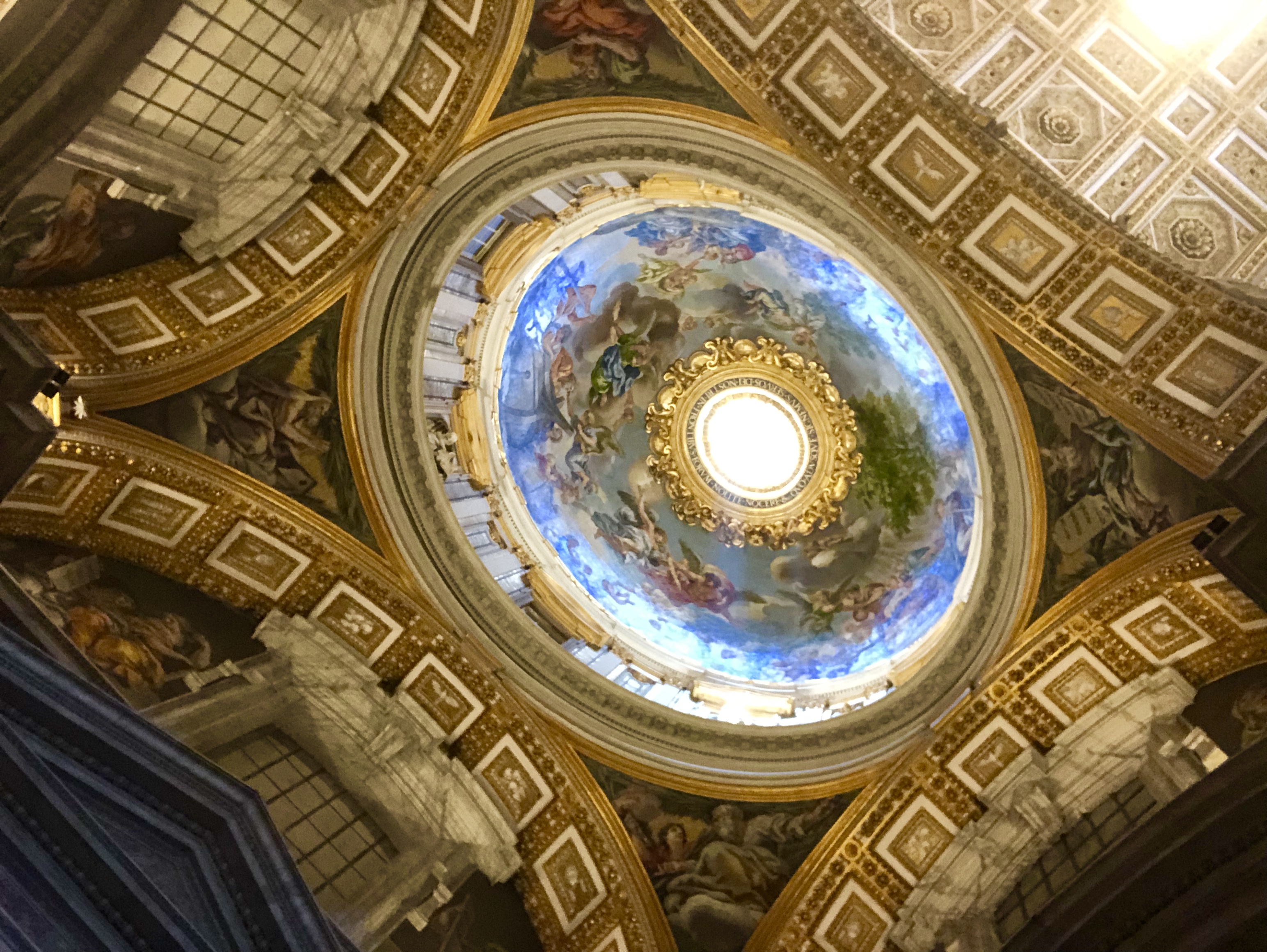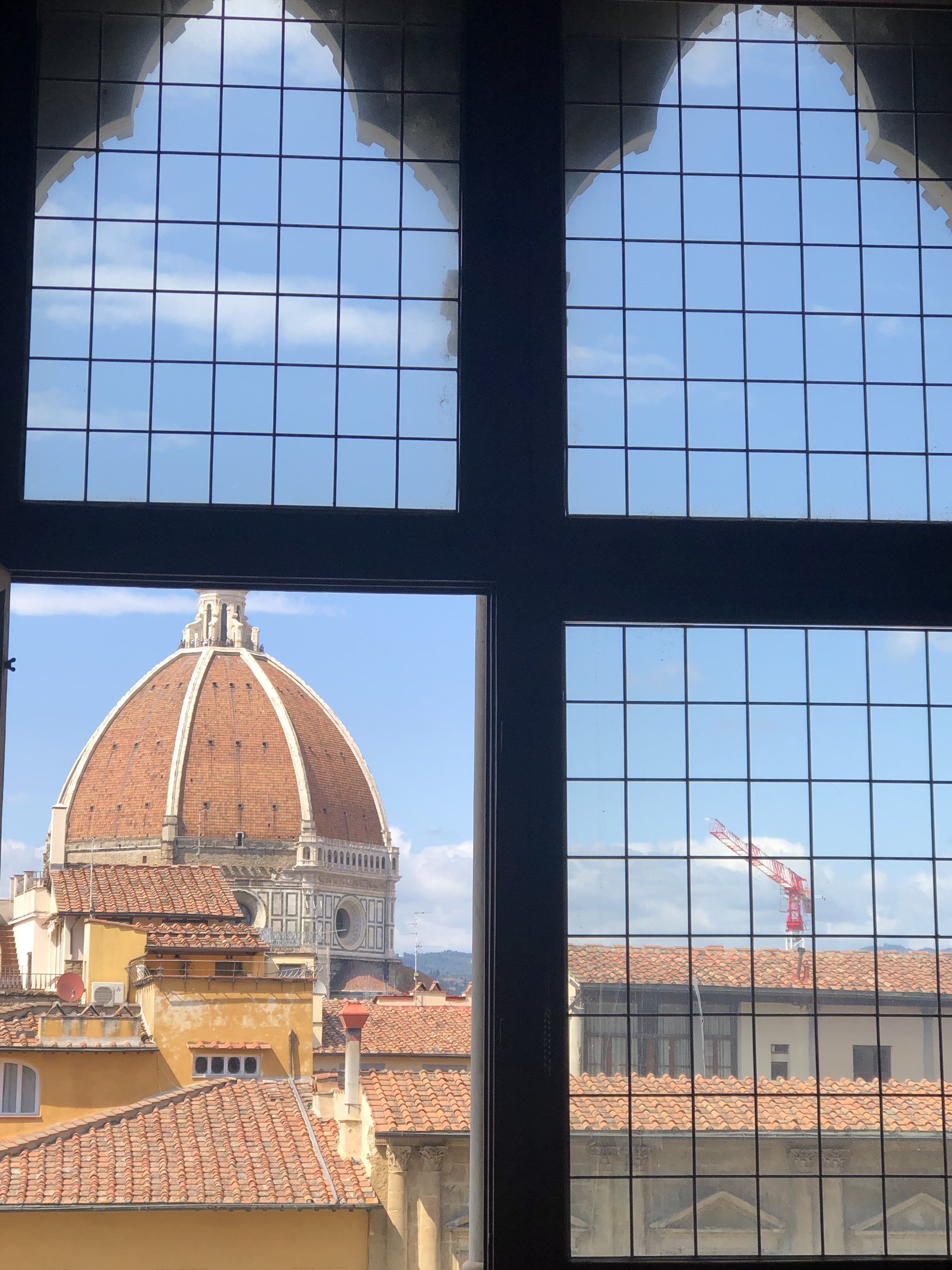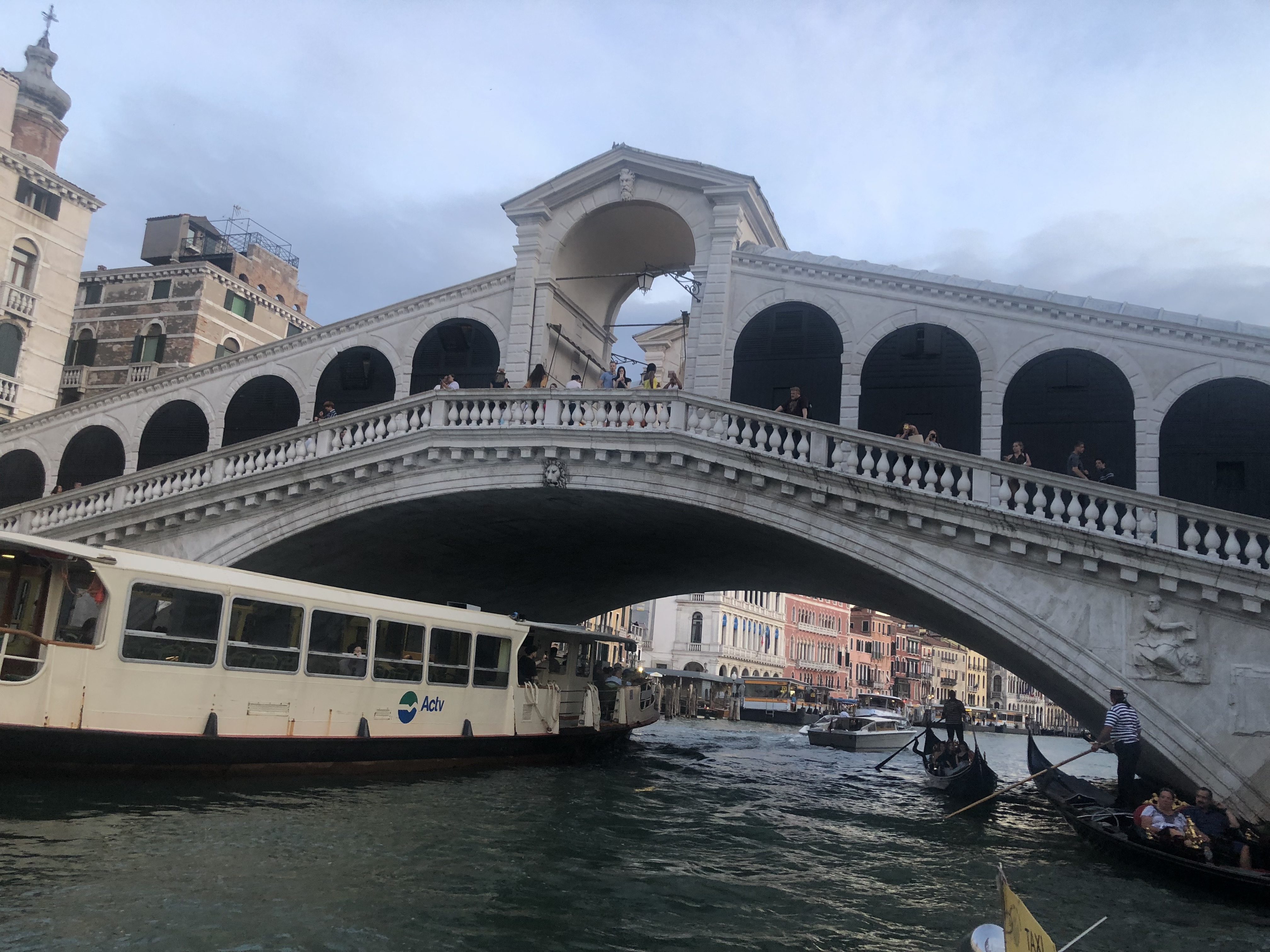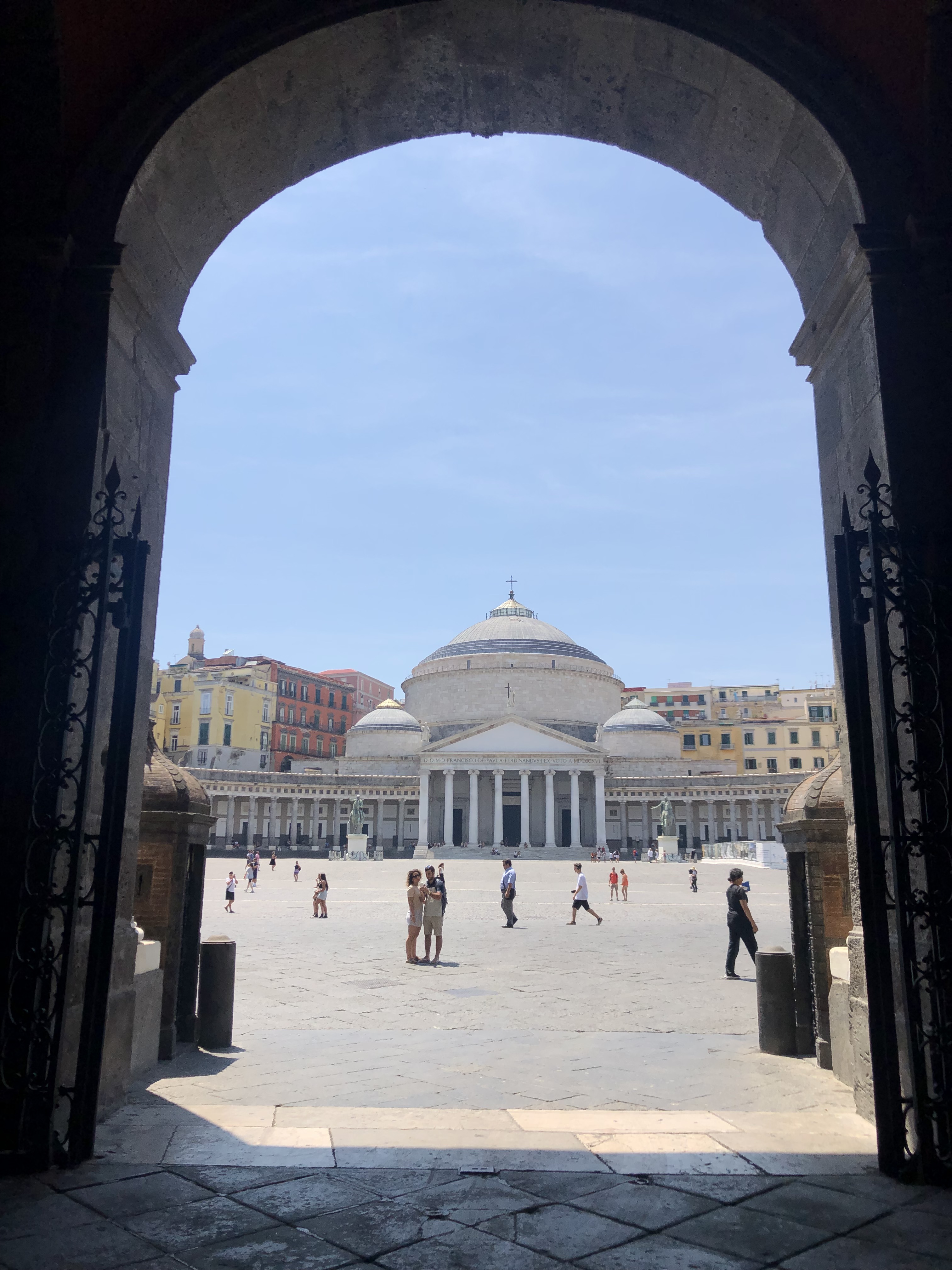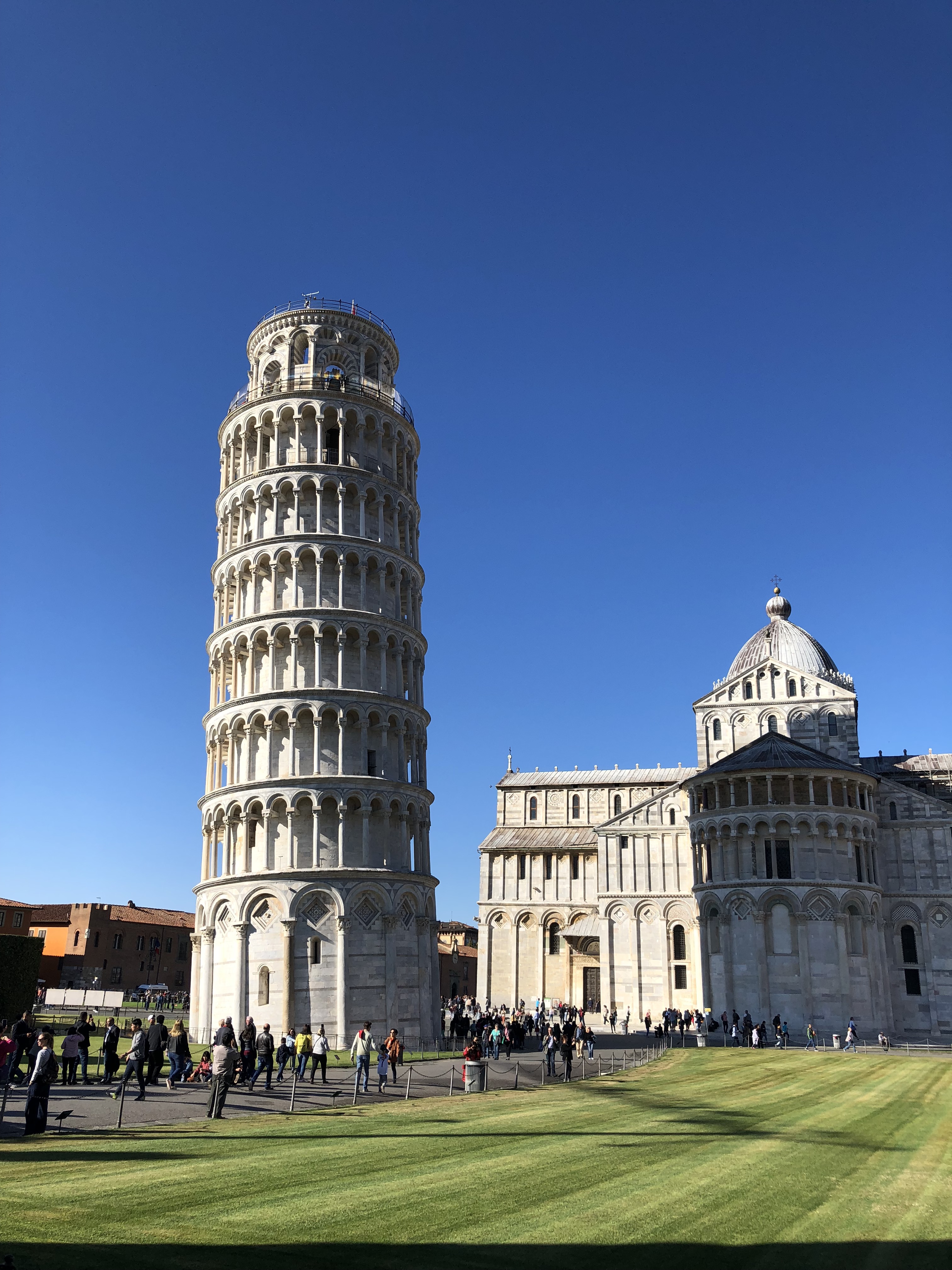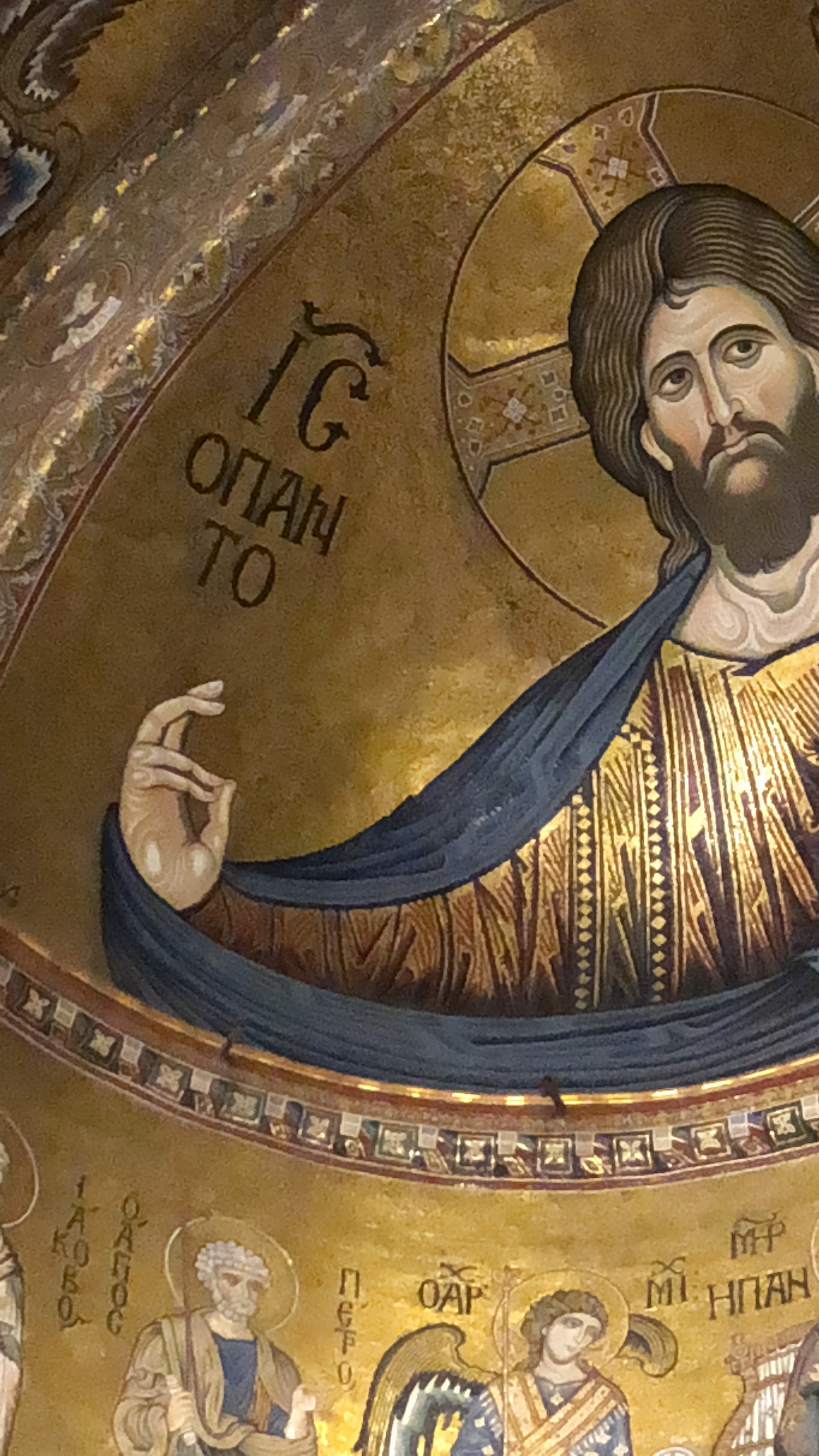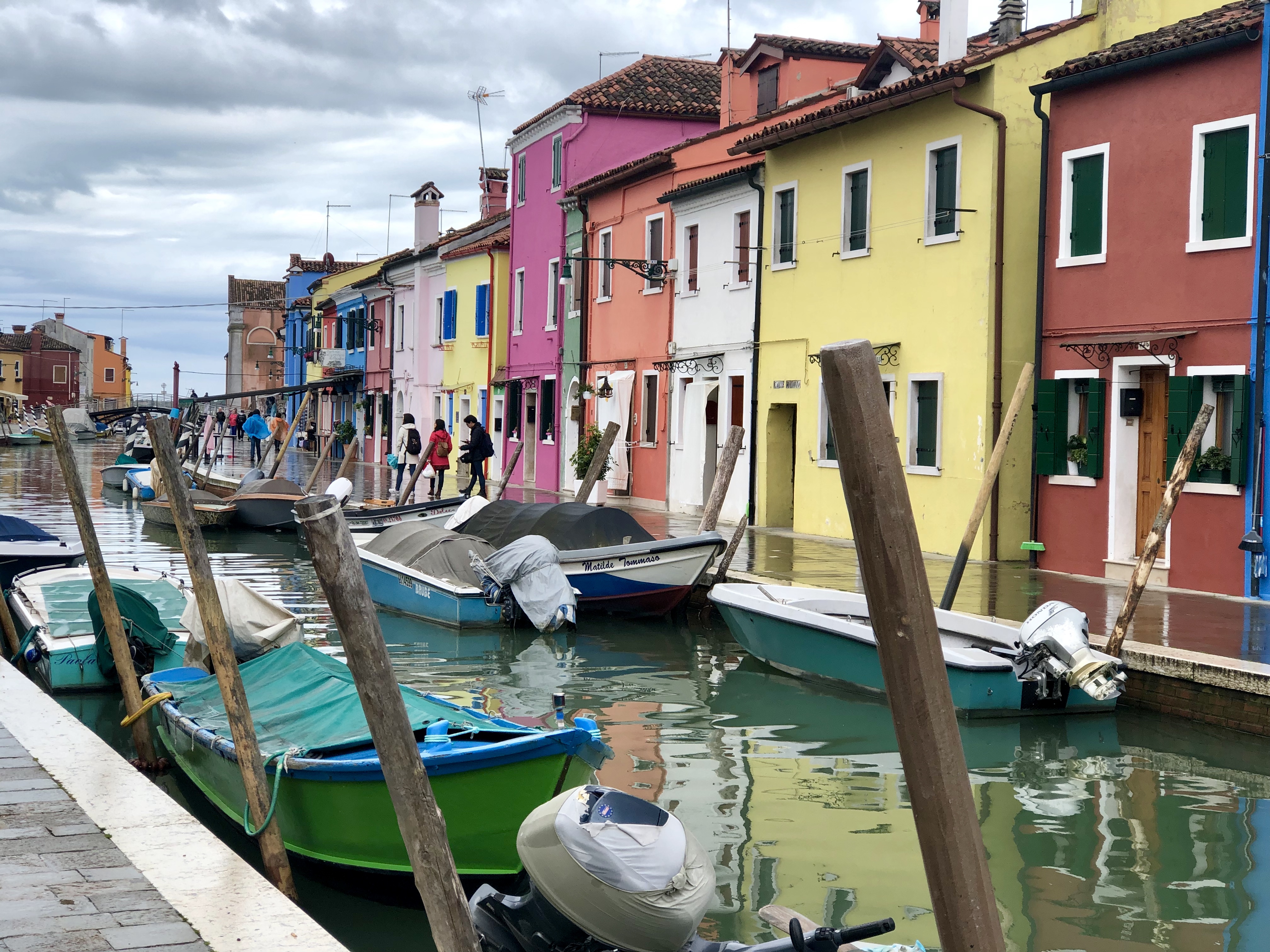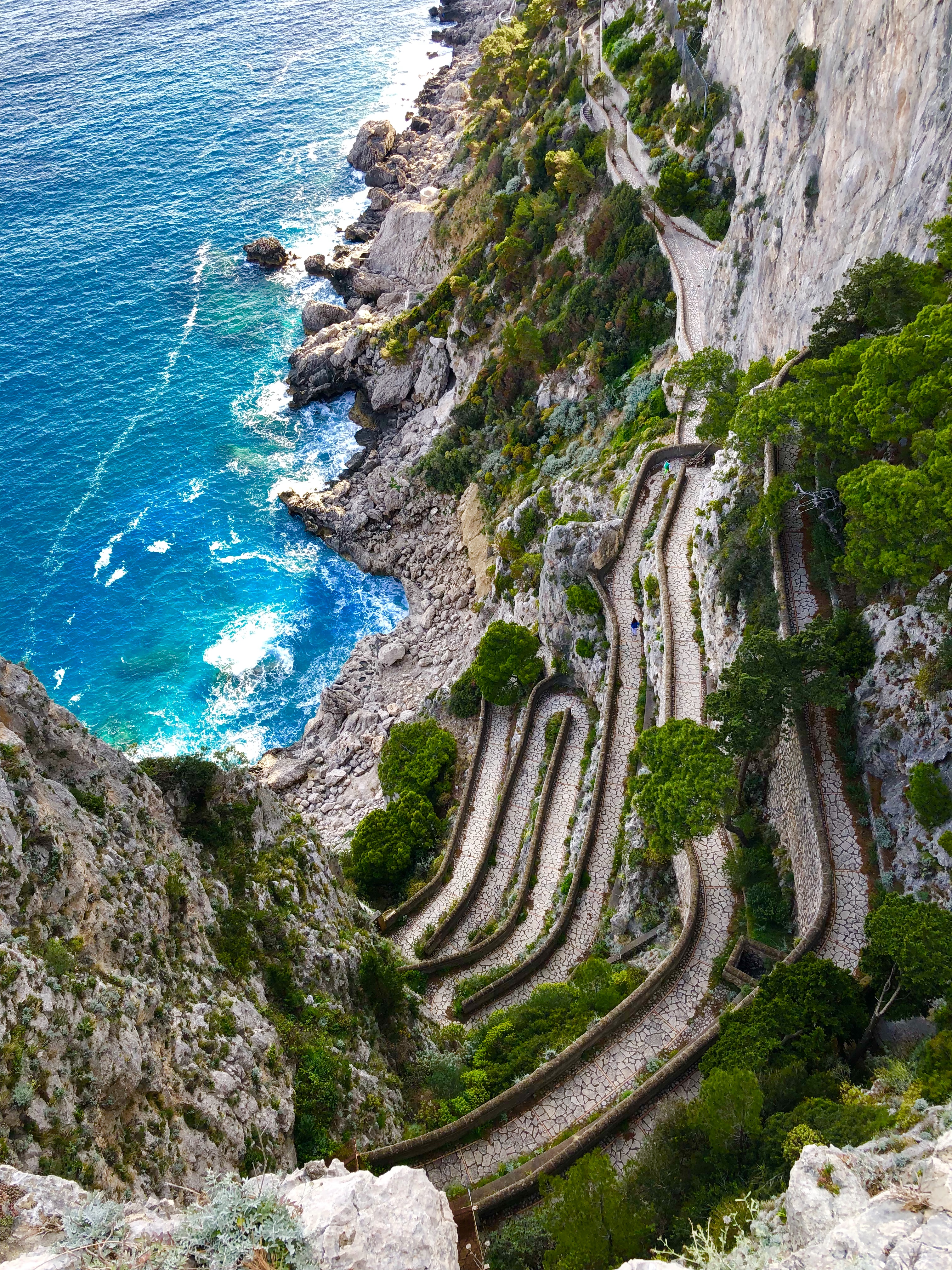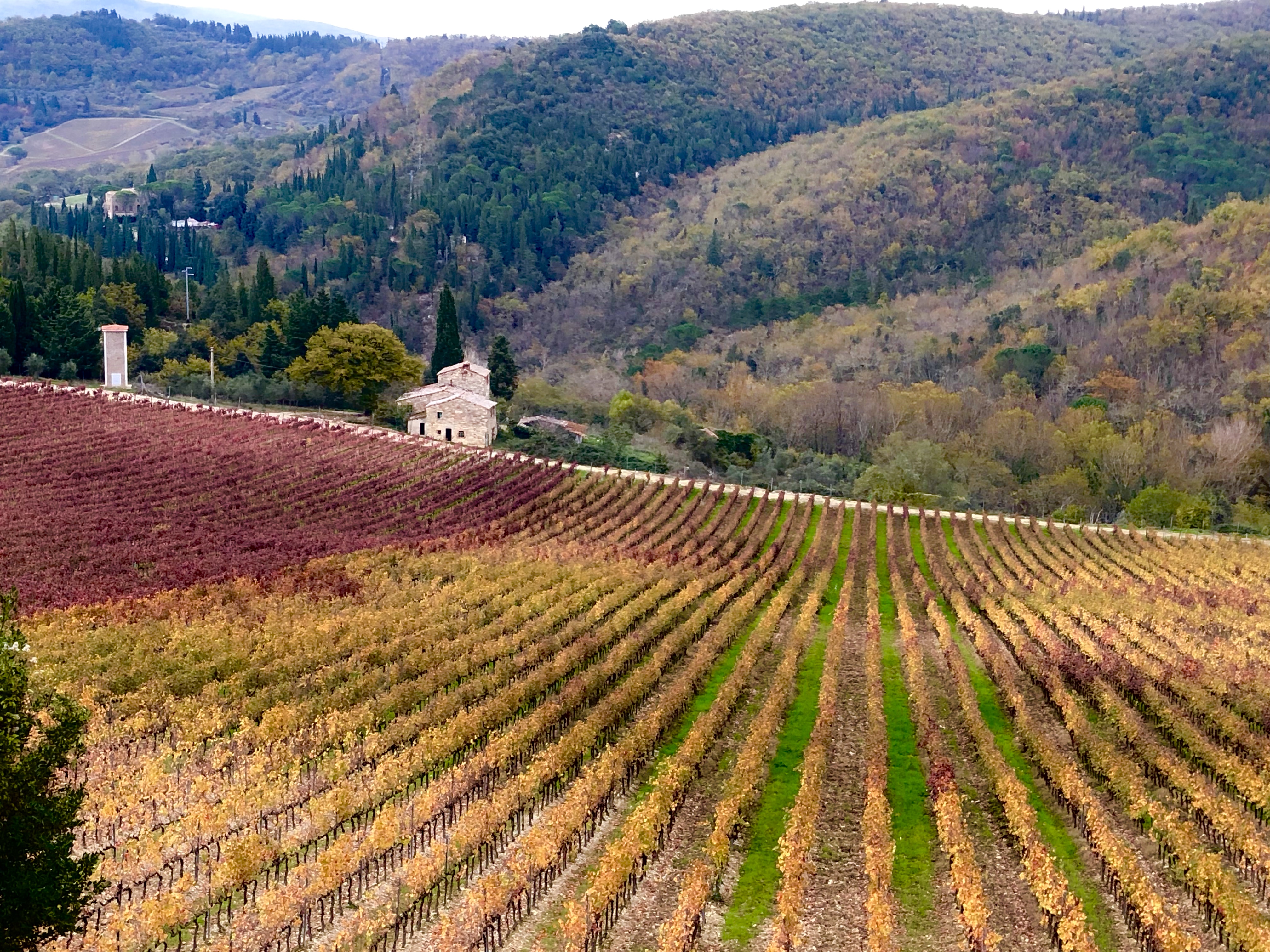
Lost in an area characterized by wild nature as well as by the majesty of the Alburni Mountains, the municipality of Pertosa is the setting in which we discover suggestive places that in the province of Salerno are authentic attractions, for example the Maremanico Waterfall, and the Campostrino Gorges, flanked by paths traveled on foot but also by bicycle, the Cammino dell’Alleanza and the Via del Monte Cervati. In wandering through wonders, you end up arriving at that phenomenal speleological complex known as the Angel’s Caves, also known as the Pertosa caves.
The tourist notoriety acquired over the years by Pertosa is mainly due to the naturalistic heritage it has enjoyed since the dawn of time. The Caves of Pertosa play a primary role in the Vallo di Diano area: beautiful, fresh and very deep, they open near the Tanagro river, an impetuous watercourse ideal for rafting, now well known among the young and old. These caves – formed over 35 million years and which for some years can be visited in complete safety thanks to guided tours through five different routes – have a unique peculiarity, because they provide direct access from a small lake that must be crossed aboard small boats. the boats that ply the underground river – each can carry twenty-five people – have no mechanical or electrical driving force and are totally ecological (!): they are in fact connected to a system of overhead steel cables that the staff in charge of guiding visitors use to move the boat ‘by pushing’, with only the strength of the arms.

The temperature inside the Pertosa Auletta Caves is constant at 16 °, neither too hot nor too cold.
Among the huge and somewhat gloomy rocky cavities, Dario Argento shot some scenes of his film “The Phantom of the Opera”, the Pertosa Auletta Caves are so scenic that they have often also been the venue for theatrical performances, including , Dante’s “Inferno”, in which professional actors had the task of accompanying visitors-spectators to discover the ten circles of Hell, in a theatrical itinerary inside the Caves.
A real challenge for adventure lovers is the Forra di Campostrino, which can be crossed following the canyoning along the river that reaches the Velo della Sposa, an explosive waterfall with a spectacular jump. All the naturalistic charm is summarized in the speleo-archaeological museum and the soil museum.
As soon as you enter the town, you are struck by the chromatic power released by the Church of Santa Maria delle Grazie, whose yellow facade leaves for a brief moment with bated breath so accentuated. Squared and orderly, it preserves inside a fifteenth-century fresco depicting the Madonna delle Grazie and the picture of the Immaculate Conception, executed in 1598 by Bernardo Lama and consequently placed in the apse.
The Church of San Benedetto is linked to the Benedictine tradition, which in the historic center houses the precious painting of the Transit of San Giuseppe




















